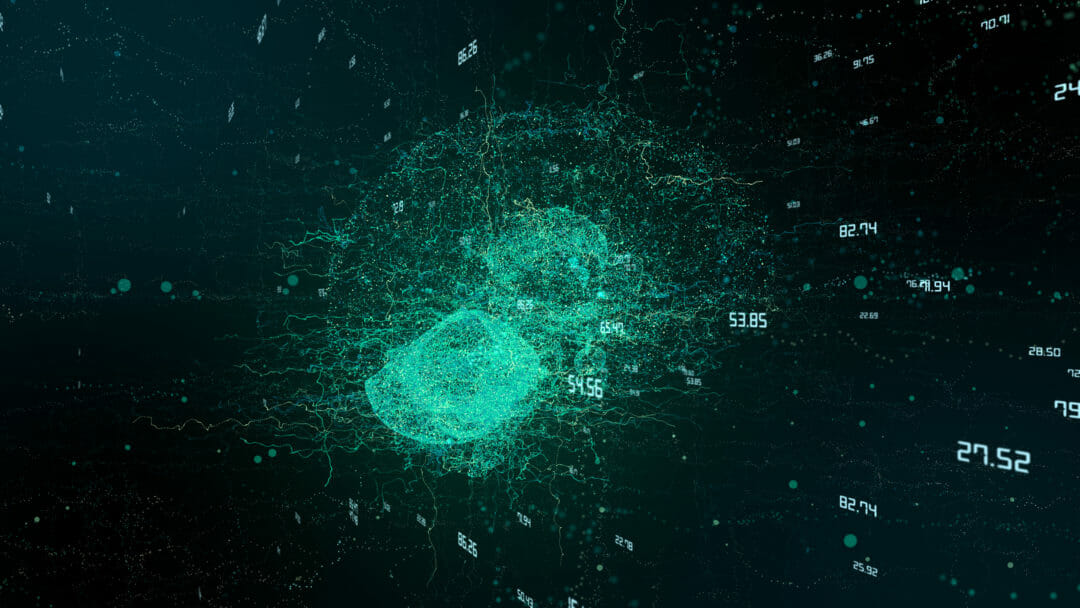AI this, AI that, ayeeee, I am not sure the term is always used correctly. You could say there is too much AI hype, you might as well say the tide always comes in. It is not a contentious thing to say, it just is. Maybe it would help if we re-defined it. Instead is saying AI means artificial intelligence, maybe we should return to an earlier definition, one untainted by Hollywood. Let’s call it algorithmic intelligence, instead.
“Artificial intelligence is the application of algorithmic computation to large data sets,” says John Gentry, Chief Technology Officer and Senior Vice President of Business Development for Virtual Instruments, a solutions provider delivering AIOps driven performance management for modern hybrid infrastructure.
But it’s not just about fancy maths, he said. “It’s not just about saying ‘I’m using some fancy maths against a big data set and therefore I have artificial intelligence.’ It really needs to be much a more purposeful and practical application of a specific mathematics approach, depending upon the known interest and desired outcomes for a given factor.” That’s where the word intelligence comes in. Algorithms are as old as maths. Algorithmic intelligence is where you can take this to the next step — providing desired outcomes.
What is AI? A simple guide to machine learning, neural networks, deep learning and random forests!
At its core, AI, or let’s call it algorithmic intelligence, is more than statistical pattern matching. Gentry explained: “You may be able to supply statistical pattern matching to understand that event X occurred simultaneously with event Y. But what you’re trying to understand is whether X caused Y. And that’s where it takes a much more advanced application, not just the statistical analysis but the context which, in some cases, actually is a derivative of the machine learning.”
And that takes us to machine learning. Most AI advocates agree that machine learning is a form of AI. Gentry words it subtly different: “AI is the application of various algorithms and mathematical approaches to statistical analysis and heuristics and predicting outcomes; machine learning underpins that — it’s the ongoing analysis of patterns to understand normality and as a result is able to have highly accurate anomaly detection.
“And in many cases, it’s the combination of those two things that actually yield the desired outcome. So it’s the machine learning at the core of an artificial intelligence approach that informs the application of that to the data set.”
A history of AI; key moments in the story of AI
In other words, by that definition, machine learning is not so much a part of AI, as what makes the current implementation of AI, possible.
“When I say true artificial intelligence, this is now taking an understanding of the relationships between the various aspects of that data, applying context to it, whilst choosing the right mathematical or algorithmic intelligence approach to derive a very deterministic or specific outcome.”
AI is clearly the buzz word of the moment. But actually, the idea is far from new.
Machine learning versus AI, and putting data science models into production
“If you look at some parallels in the industry, 10, 15-years ago, people were doing supply chain management and logistics by looking at massive spreadsheets and applying some simple algebra and calculus.” For example, understanding where and when we needed bread. “And that was transformed from a quarterly process to a monthly process because the compute power improved, and doing that on a daily basis. Now it’s ongoing streaming analytics approach, where the business is now predictive, not just understanding or analysing the past but leveraging those patterns, doing simulation theory to then predict the future. And that’s just now being applied to the field of IT, which is why you have this resurgence of AI and ML conversations.
John Gentry began life as an economist: he says that this discipline was one of the original users of what was then called: algorithmic intelligence. Economics involves the creation of complex models — whether it is the macroeconomy, or a specific ecosystem.
Gentry argues that economists, supply chain management and logistics professionals and the military have been using what was then called algorithmic intelligence for many years. Advances in computer power gave the technology a broader appeal, substitute the word artificial for algorithmic and you have got AI today.
To see through the hype, just remember that AI could just as easily mean algorithmic intelligence.
Related articles
Gartner: debunking five artificial intelligence misconceptions
AI: A new route for cyber-attacks or a way to prevent them?
Enterprise AI adoption hampered by lack of skilled experts, says survey
Understanding the viability of blockchain in supply chain management
Driving business value with responsible AI
Emerging technologies, are they set to transform business?
UK tech sector leads Europe in AI — but what about the rest of the world?
EU artificial intelligence guidelines will help unlock potential of AI technology










